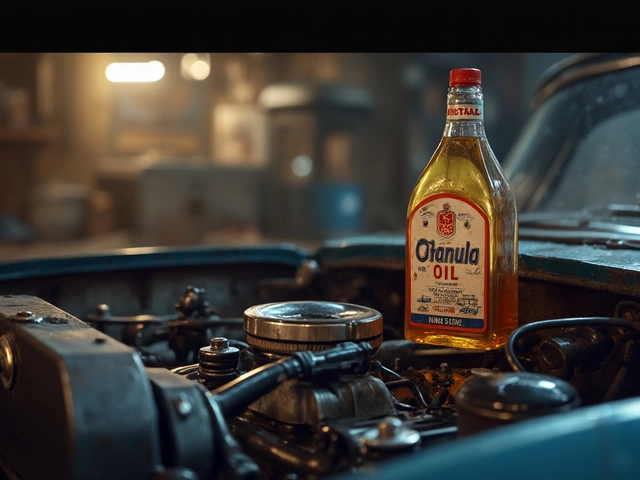Engine Oil Types – What You Need to Know
If you’ve ever stared at a shelf of oil cans and felt lost, you’re not alone. The right oil keeps your engine clean, protects parts, and can even save you money on fuel. In this guide we’ll break down the main oil families, explain what the numbers on the bottle mean, and help you pick the best fit for your car.
Synthetic vs Mineral: The Big Difference
Synthetic oil is made from chemically engineered base stocks. It flows better at low temperatures, holds up under high heat, and resists breaking down. That means fewer oil changes and better protection for high‑performance engines. Most modern cars recommend a full‑synthetic or a blend.
Mineral oil comes straight from crude oil and is refined, not engineered. It’s cheaper but wears out faster, especially under heavy loads. If you drive a low‑powered commuter and change oil every 3,000‑5,000 miles, mineral can be a sensible choice.
Semi‑synthetic (or synthetic blend) mixes the two. It gives you some of the benefits of full synthetic—better temperature stability and longer life—while keeping costs down. It’s a popular middle ground for many UK drivers.
Choosing the Right Viscosity
Viscosity is the oil’s thickness, shown as a pair of numbers like 5W‑30. The first number (5W) tells you how the oil performs when it’s cold—lower is easier to start the engine in winter. The second number (30) shows how it behaves at engine operating temperature—higher numbers protect better at high heat.
Check your owner’s manual for the recommended range. If you live in a cold area, a 0W‑20 or 5W‑20 can make cold starts smoother. If you do a lot of towing or high‑speed driving, a 10W‑40 might give extra cushion.
High‑mileage oils contain additives that swell seals and reduce oil consumption. They’re a good option for cars over 75,000 miles that start showing leaks or burning oil.
Performance oils are formulated for sports and racing engines. They often have higher shear stability and can handle extreme RPMs, but they’re usually more expensive and not needed for daily driving.
When you pick an oil, also look at the ACEA or API rating on the label. These symbols confirm the oil meets the latest industry standards for performance and emission control.
Bottom line: if your car’s manual says 5W‑30 full synthetic, stick with it. If you’re on a budget and the manual allows a mineral blend, you can save a few pounds per change. And don’t forget to change the filter at the same time – a clean filter lets the oil do its job properly.
Need help deciding which oil to buy? Bring your car’s make, model, and mileage to Northwich Tyres Centre. Our team can recommend the best product and fit it for you while you wait.
 11 May 2025
11 May 2025
Synthetic Oil Disadvantages: The Real Costs and Drawbacks
Synthetic oil brings a lot of benefits, but it's not all sunshine under the hood. This article breaks down the real disadvantages of synthetic oil—from higher costs to engine compatibility issues. You'll find useful facts, practical tips, and a straightforward look at what really matters when picking oil for your engine. Whether you're a DIYer or a regular car owner, get the info you need before you switch. Make smart choices for your engine and your wallet.
Latest Posts
-

How to Tell If a Spark Plug Is Good: Symptoms, Testing, and Expert Tips
-

Can I Use Windex as Windshield Wiper Fluid?
-

How Long Can Engine Oil Sit Before It Goes Bad?
-

How to Know When Spark Plugs Need Replacement: Signs, Symptoms, and Pro Tips
-

Identifying Noises from Faulty Car Suspension: What to Listen For

0